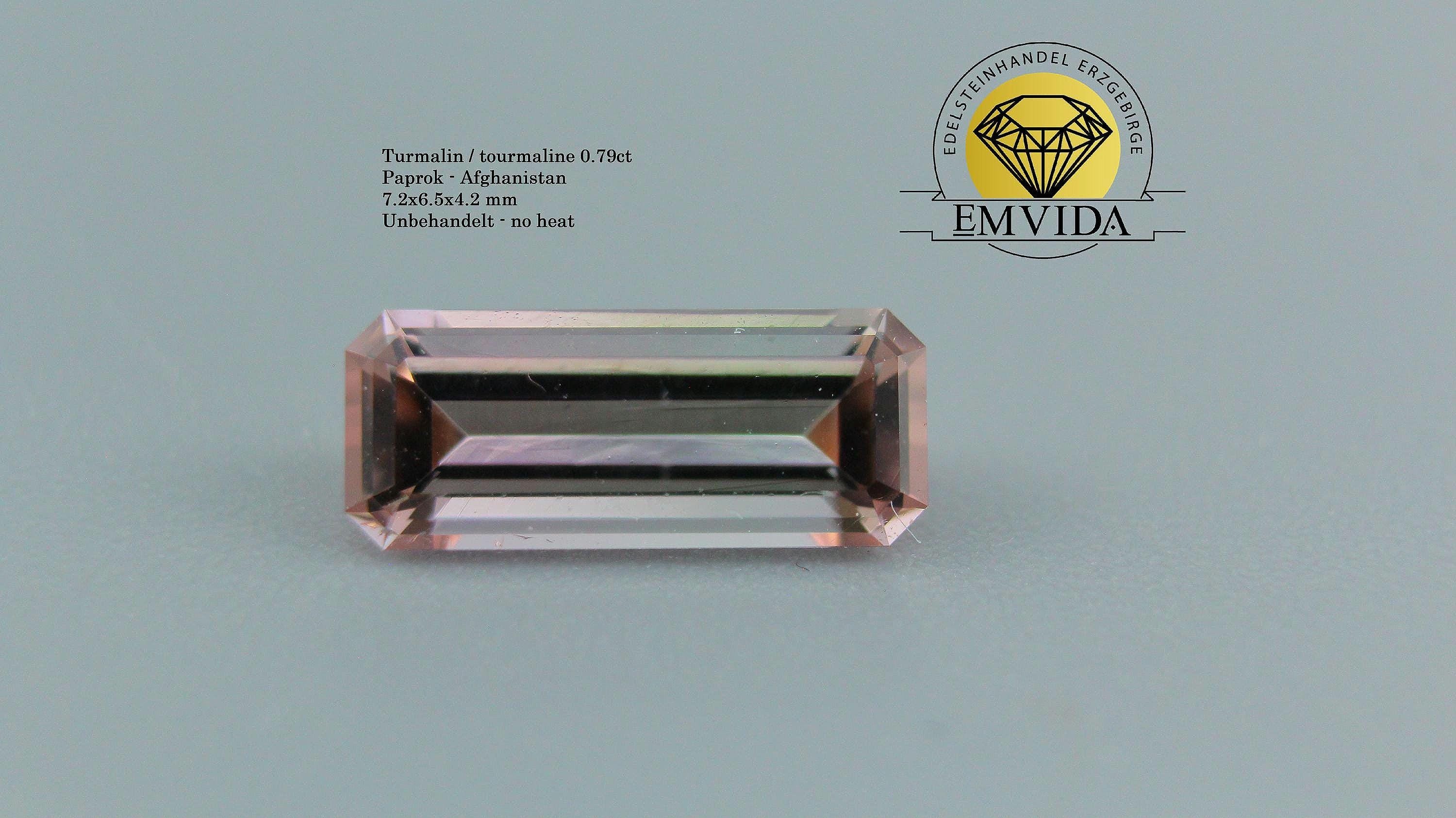0.79ct Bi-color Tourmaline - Bi Color Tourmaline Afghanistan Paprok gemstone Gems jewelery gemstone unheated gemstone untreated #TEST

$1,210.32
Welcome to EMVIDA
Your dealer for gemstones from the
Ore Mountains
If you have any questions, please contact us.
All gemstone treatments are always indicated
WE DO NOT SELL SYNTHETIC GEMSTONES
All information can be found in the pictures -
Size - Weight - Origin - Treatments
The history of tourmaline dates back to ancient times, where it was prized in Egypt, China, and Rome and used for amulets such as scarabs. The stone received its name in the 18th century from the Sinhalese word "thuramali" ("stone of mixed colors"). Until its proper identification as a separate mineral in the 19th century, it was often confused with other gemstones such as emeralds or rubies. Historically, it served not only as jewelry but also as a pipe cleaner and was revered for its purported protective and healing properties.
Antiquity to the Middle Ages
Antiquity: Tourmalines were valued in the Mediterranean, Egypt, China and Rome and were used to make amulets such as scarabs.
Indigenous cultures: North American indigenous peoples revered the stone as a protective stone.
Middle Ages: In Europe it was used as a healing stone.
Confusion: For centuries, tourmalines were often mistaken for other gemstones such as emeralds and rubies. For example, one famous ruby turned out to be a red tourmaline.
Modern times and modern discoveries
18th century:
Dutch sailors brought tourmalines to Europe and used them to clean their pipes because of their electrostatic properties, which attracted ash when heated.
Around 1700:
The name "tourmaline" was established in Europe, derived from the Sinhalese word "thuramali".
19th century:
Mineralogists recognized tourmaline as a distinct mineral species and differentiated it from other stones. The term "schorl" for black tourmaline also emerged.
20th century:
The colorful Paraiba tourmaline was first discovered in Brazil in the 1980s and quickly became well known
Shipping from Germany
Processing time
1-2 business days
Customs and import taxes
Buyers are responsible for any customs and import taxes that may apply. I'm not responsible for delays due to customs.
